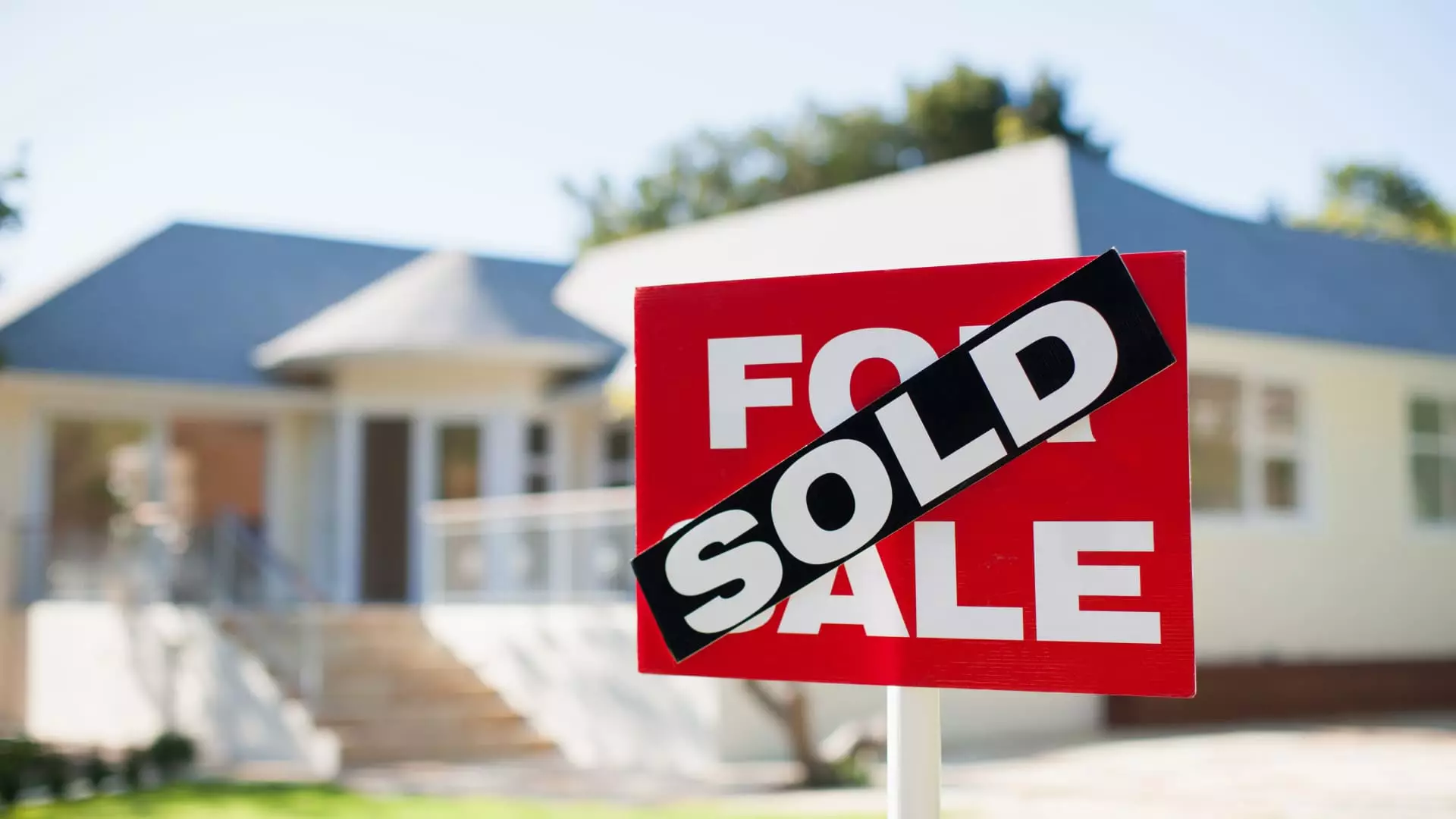As property values continue to rise in the United States, homeowners are increasingly confronted with the prospect of capital gains taxes when selling their houses. Amid this burgeoning issue, a tax strategy may provide avenues for relief. In the context of selling one’s primary residence, there exists a significant tax exclusion that can shield up to $250,000 in profits for individuals and $500,000 for married couples filing jointly. However, this tax relief is not universally applicable; sellers must navigate a set of specific criteria to qualify.
A recent report from CoreLogic highlights that an increasing number of homeowners are exceeding these capital gains thresholds. The study revealed that nearly 8% of homes sold in 2023 surpassed the $500,000 limit applicable to jointly filing couples, indicating a rise from around 3% in 2019. This trend is notably accentuated in states with high living costs, such as New York, Massachusetts, and Washington. The climb in property values, combined with the increasing realization of capital gains profits, suggests that many homeowners may face substantial tax liabilities upon the sale of their properties.
Financial experts, including certified financial planner Tommy Lucas, warn that the percentage of sellers exceeding the exclusions has become more prevalent. If a homeowner does not mitigate their capital gains, any profits above the exclusion limits may be subject to varying capital gains tax rates of 0%, 15%, or 20%, contingent upon the taxpayer’s income bracket. Compounding this, these profits may also invoke a net investment income tax of 3.8% in certain circumstances, making it crucial for sellers to explore ways to mitigate their tax burdens.
A sound tactic for reducing capital gains tax exposure is to enhance one’s “basis,” a term that refers to the original purchase price of the property. Mark Baran, managing director at CBIZ’s national tax office, notes that by undertaking capital improvements—such as significant renovations, installing a new roof, or making other enhancements—homeowners can effectively raise their adjusted basis in the property. This adjusted basis will be added to the original purchase cost and will help to shield a larger portion of profits if the home is sold.
However, it is essential for sellers to distinguish between capital improvements and mere home repairs. While improvements that enhance the value of the home can be counted towards increasing the basis, routine repairs and maintenance—like patching up leaks or replacing hardware—do not qualify. Understanding this difference is critical for homeowners who wish to minimize their taxable gains effectively.
In addition to enhancing the basis through capital improvements, sellers can reduce their capital gains by considering various legitimate expenses accrued during their home sale transactions. Closing costs and fees associated with both the purchase and sale of the property can also be factored into the calculation of taxable profit. According to Lucas, costs incurred such as title fees, legal expenses, and survey charges can collectively amount to significant deductions from the profit margin.
Furthermore, the IRS allows for the inclusion of transfer taxes and balances owed by the seller in these calculations, offering potential relief for sellers who may not be aware of these provisions. By engaging in this strategic financial planning, sellers can potentially strip away thousands from their taxable gain, making a significant impact on their overall capital gains tax liabilities.
As the landscape of home selling evolves with rising equity, it is imperative that homeowners stay informed about capital gains tax implications. Utilizing both tax exclusions and smart financial strategies can alleviate some of the burdens associated with selling a property. Homeowners must remain vigilant in keeping accurate records of improvements and expenses, as the nuances of tax law can prove complicated. By understanding their options and employing effective strategies, sellers can navigate the often labyrinthine tax code and maximize their profits from residential sales.

